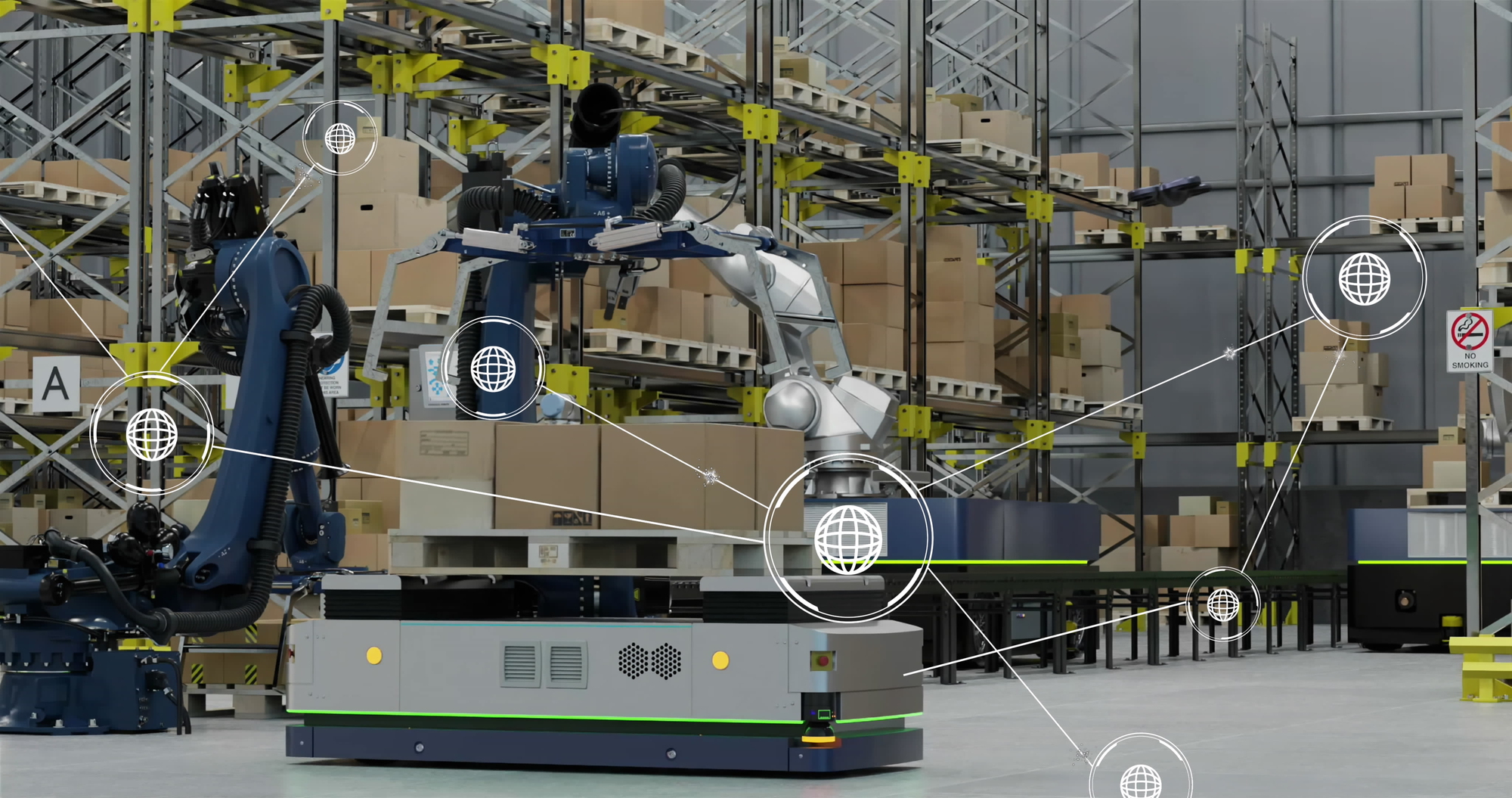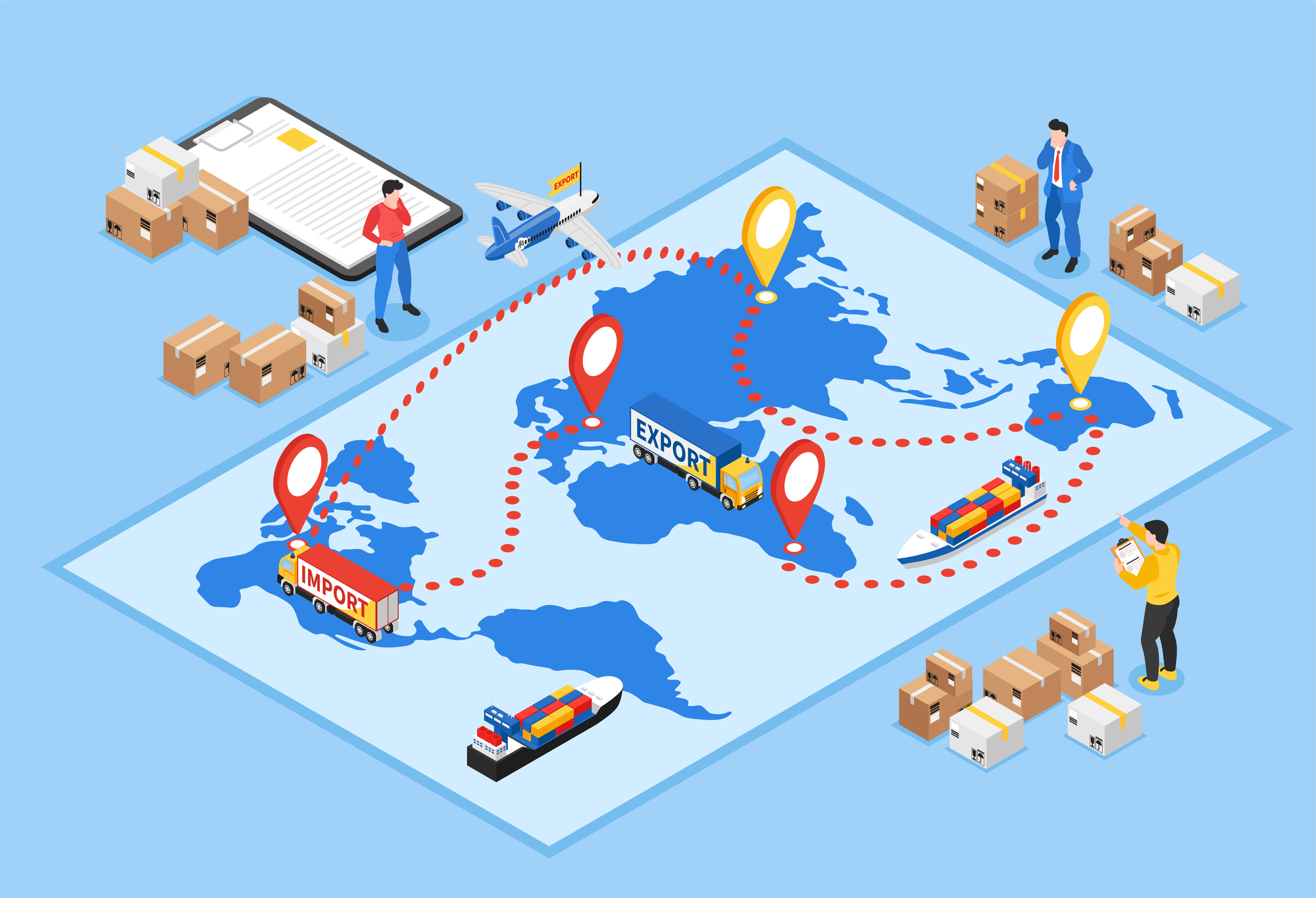The Challenge with Data in the Indirect Spend World and The Unintended Consequences
Businesses spend a huge amount of time managing their direct supply. And they should. These are the materials that go directly into their finished goods and directly impact profitability. What often gets overlooked is the indirect supply – the nuts and bolts that it takes to run the business.
Indirect spend includes Maintenance, Repair and Operations (MRO) which can literally be nuts and bolts, but also includes services and materials that, while not core to the business, are mission critical. Safety equipment, lubricants to keep production lines running, critical component parts that if missing could mean hundreds of thousands of dollars in machine downtime.
Indirect spend accounts for 10-15% of a company’s revenues, but it’s often neglected because there is no single owner. It touches everyone from procurement, to finance, to plant operations and maintenance, to risk management and information technology. And the very nature of it means a high-volume of low-dollar-value transactions. MRO and facilities spend is often under-addressed because they can be difficult to reach. Control is often decentralized, visibility is limited, and driving change can be really difficult. Finding the data is virtually impossible because it resides in various ERP and CMMS systems, it’s:
- Corrupt
- Incomplete
- Inaccurate
- Unstructured
As a result, it seems easier to do nothing and maintain status quo than to address indirect spend. Any procurement organization would be hard pressed to affect change and leverage their indirect spend, because the data doesn’t give them a clear view of what they’re buying, from whom, or why they’re buying so much (or so little) of it. And if procurement can’t get access to the spend, they can’t negotiate savings, leverage category expertise, or drive innovative solutions to help the organization become more successful.
Say Hello to ZEUS
Since SDI is in the business of helping manufacturers and other asset-intensive organizations get control over their MRO and indirect spend, we thought it was about time we changed what data can do for them. Enter ZEUS. Supreme ruler of the gods. Lord over the sky and rain. We couldn’t find a solution on the market, so we went outside the box and created our own. What we ended up with was game-changing. Finally, a way to make sense of all the information and unstructured data to deliver actionable insights. It’s one part (massive) data lake, another part machine learning, topped off with a data visualization component to make it tangible and meaningful to our clients. Combined with SDI’s 47+ years of category expertise, ZEUS makes it possible to squeeze the a-ha moments out of MRO and indirect spend data, revealing their story, and pinpointing where its best to implement changes that drive efficiencies in:
- Supplier consolidation
- Cost reduction
- Productivity improvements
With this newfound visibility and control over their data, our clients realize value quicker. Where others may take months to build a sourcing plan, SDI can deliver a plan in a matter of days and begin taking steps for immediate results. It’s giving a technology boost to SDI’s know-how. Knowing the right questions to ask, and getting to the answers at near lightning speed.
Changing the Indirect Supply Chain Game
ZEUS is a significant investment in the future of SDI and indeed of indirect supply chain management. It’s not just about integrating within the supply chain ecosystem. It’s also about taking the time to listen to our clients, understanding their needs, and developing technology that addresses this age-old problem of indirect spend.
For SDI, ZEUS means improved customer satisfaction, increased client acquisition, and new market entries. But the ability to realize immediate results from ZEUS isn’t just good business for SDI. It’s a competitive advantage for our clients. Being able to filter out the noise and very quickly reveal those actionable insights means they can more quickly leverage their data, get their arms around this difficult indirect spend beast, and make decisions that produce sustained savings and added value.




